
Articles on Modern slavery
Displaying 1 - 20 of 87 articles

An independent report details ‘shocking’ Home Office mishandling of the visas.

The doubling in the price of cocoa would have pushed up the price of cocoa in a typical snack bar by just six cents.

Labour’s Modern Slavery Reporting Bill would require businesses to act if they suspect worker exploitation in their operations or supply chains. But will the National-led government support it?

In early 2023 the evidence threshold for making complaints about modern slavery increased. New findings show how it has affected victims’ chances of success.

Nearly two dozen Chinese migrants, who had been trafficked, lost their lives in the tragedy.
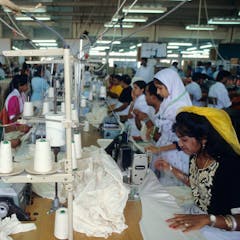
Garment workers around the world experience unacceptable forms of exploitation.

Survivors of modern slavery may be exploited further in prison.
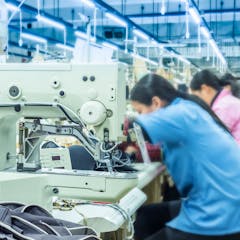
Supply chains can contain thousands of suppliers spanning continents. DNA testing, drones, satellite imaging and other technologies can help identify forced and child labour.
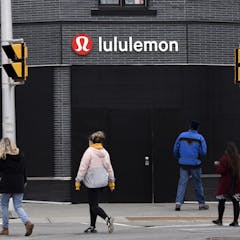
A new study suggests disclosure laws to prevent forced labour in the clothing industry are a form of window dressing designed to ease the conscience of consumers rather than protecting workers.

Our research found Australia’s visa system continues to harm migrants once they’ve experienced exploitation. Survivors described being left destitute and desperate without access to services.

The government has claimed that irregular migrants are falsely claiming to be victims of modern slavery to avoid being deported, but there is little evidence to support this.

Survivors face multiple barriers to securing adequate housing, including a lack of reliable income and restrictive visa rules.

A new review has found that only a handful of companies have identified incidents of modern slavery in their operations.
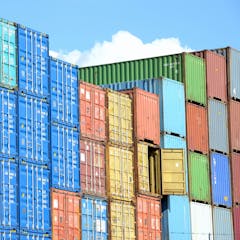
If we have learned anything from the fight against modern slavery, it is that addressing the issue takes extensive time, resources and long-term commitments.

The collapse of Rana Plaza on March 24, 2013, put the focus on fast fashion. But research shows that stressed and struggling consumers don’t have the luxury of making ethical choices.
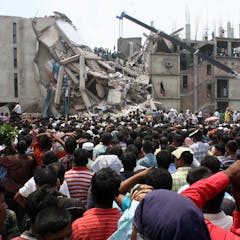
At least 1,132 workers died when the Rana building collapsed in Bangladesh, while several thousand more were injured.

The firms that do worst on the environment and human slavery in the 2023 Chocolate Scorecard are those whose mission statements extend to little more than making chocolate.
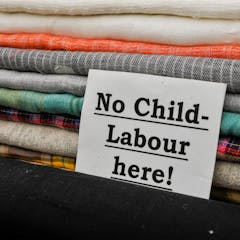
While it may be challenging for organizations to manage all the activities within their global supply chains, there are best practices they can adopt to prevent modern slavery.

Policies designed to help only ‘genuine’ victims of trafficking have a long, fraught history.

Global estimates of modern-day slavery by the United Nations reveal improving methods for calculating the data.
